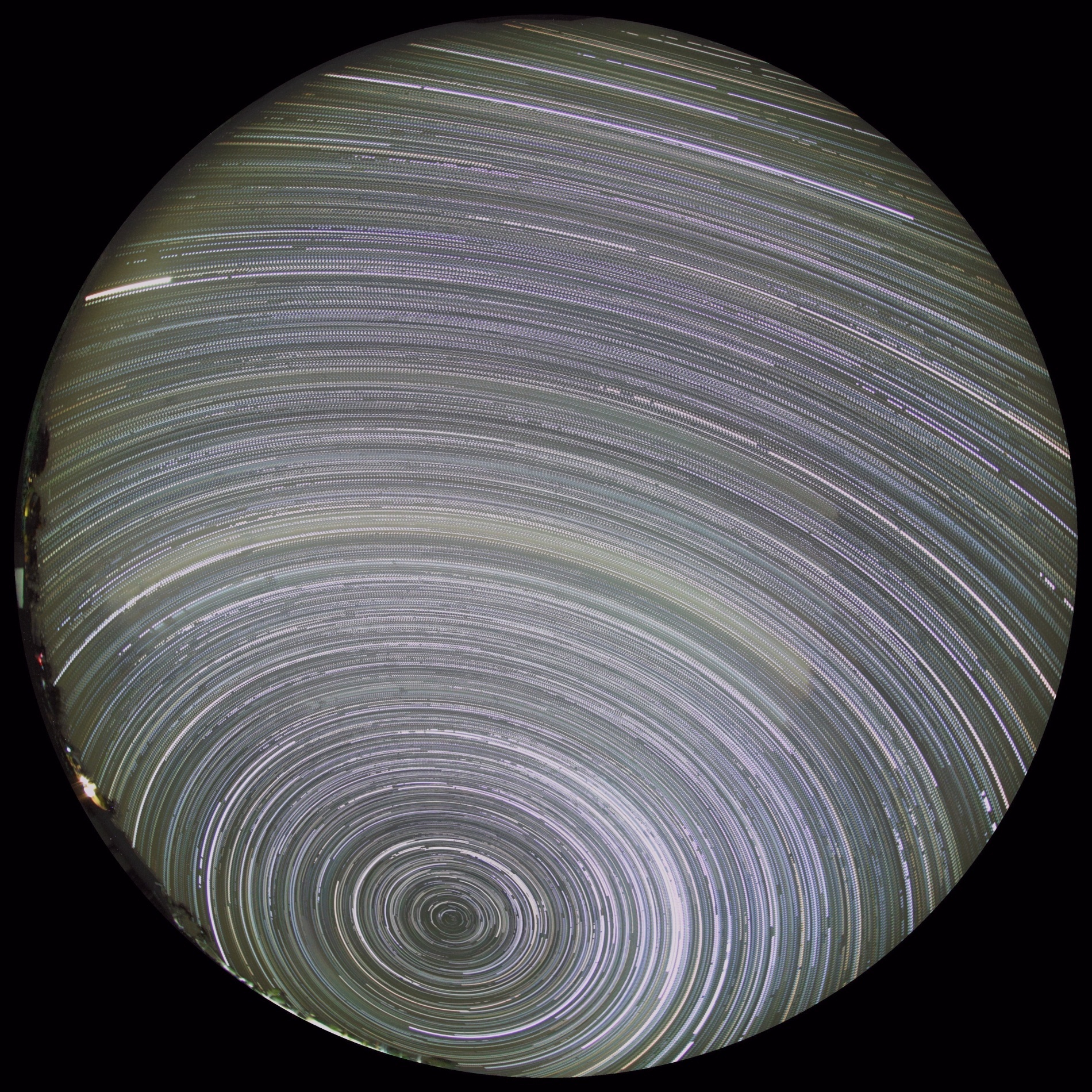While it is possible to take citizen science data about skyglow all year round, such data is easiest for scientists to analyze if it is taken in a burst around the same time each year. Therefore, two "International Nights of Skyglow Observation" are being established as a part of the International Year of Light. Citizen scientists from around the world will measure how bright the night sky is, and report their data either through the web (GLOBE at Night) or via their smartphone with the Loss of the Night (Android/iOS) or Dark Sky Meter (iOS) apps.
In addition, we expect that in several cities, "Flashmob for Science" events will be organized, where tens or hundreds of people come together to make observations at the exact same time and place. This will help us understand how measurements vary with different observers (and different phones).
The dates for 2015 are March 14 and September 12.
 |
| This could be you next year in March and September next year! |
If you want to hold a Flashmob for Science in your city, please read our guidelines for holding the event, and then get in touch with me.
To make the event a success, we need as many people to know about it as possible! Please pass the dates and this link on to anyone you think might be interested (e.g. teachers, amateur astronomers, or jorunalists).
(Click here to see all posts on this blog related to the International Nights of Skyglow Observation)
Update October 17: DaNel Hogan points out that if you want to truly get into the spirit of Pi-day, then you should make your observation at 9:26 pm (i.e. 3/14/15 9:26)!



